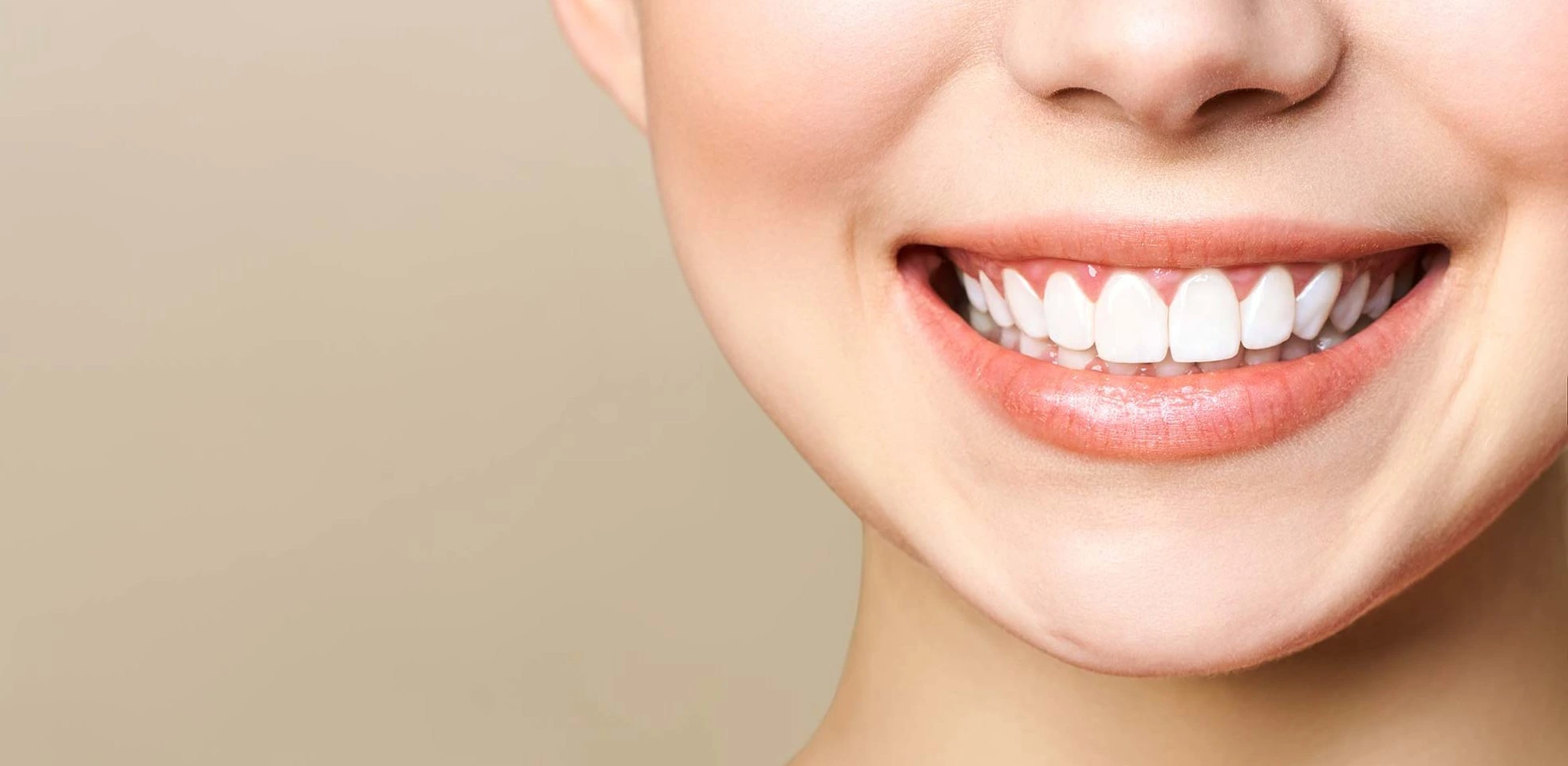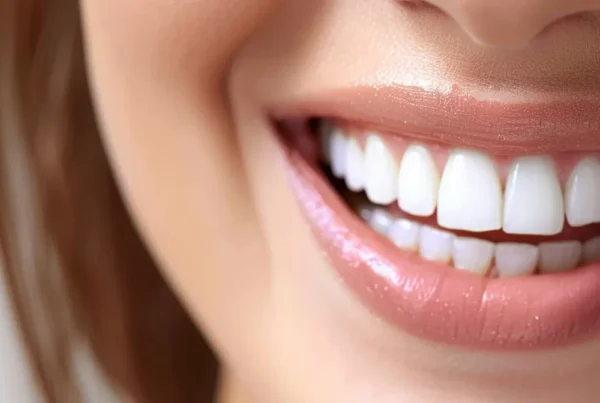Natural teeth whitening is a topic filled with myths, trends, and half-truths—but at Fountain of Youth Dental, our focus is clarity. Patients often turn to natural or organic remedies hoping to avoid chemicals and professional interventions, but the reality is nuanced. While some natural substances can provide limited surface stain removal, others can be damaging or ineffective. That’s why our approach is rooted in evidence, personalization, and prevention.
Let’s take a closer look at what natural teeth whitening really offers—and when it may be time to partner with your dental team for safer, longer-lasting results.
Understanding Natural Whitening: Effectiveness vs. Risks
Natural whitening methods vary widely in both popularity and performance. At first glance, options like baking soda, lemon juice, charcoal, or oil pulling might seem like simple, harmless ways to brighten your smile. But a deeper evaluation shows that each method carries unique limitations and potential hazards.
Effectiveness: Baking soda may help remove surface stains due to its mild abrasiveness, but it won’t change the intrinsic color of your teeth. Similarly, oil pulling lacks conclusive scientific backing for whitening benefits. What you gain might be marginal—and what you risk might be greater than you think.
Risks: Acidic substances like lemon juice or vinegar can erode enamel over time, while abrasives like charcoal can scratch the enamel, making teeth more prone to staining and decay. Even natural remedies, when overused or used improperly, can lead to gum irritation, sensitivity, or permanent damage.
Natural methods should be seen as supportive measures—not primary treatments—and always used under professional guidance.
Popular Natural Whitening Trends: What Works, What Doesn’t
In the era of social media and influencer-driven content, some natural whitening practices have gone viral—despite having little to no clinical support.
Some of the most common natural trends include:
- Charcoal powder: Often promoted for its detoxifying properties, but too abrasive for daily use and harmful to enamel
- Oil pulling: An ancient practice using coconut or sesame oil, touted for whitening and detox benefits, but evidence remains anecdotal
- Fruit-based pastes (like strawberry or banana peel): Contain acids and enzymes that may offer temporary brightening, but at the cost of enamel health
These trends may offer initial visual improvements, but the results are inconsistent and may not last. Worse, they can leave your teeth more vulnerable over time. It’s important to distinguish between fads and safe, proven techniques before experimenting with your oral health.
Dentist Insights: When Natural Isn’t Enough
At Fountain of Youth Dental, our clinicians take into account each patient’s full dental profile before recommending any whitening strategy—natural or clinical.
Type of staining: Surface stains may be moderately improved by some home remedies, but intrinsic (deep) stains require professional treatments like in-office bleaching or customized trays. Knowing the source of discoloration is essential before choosing any method.
Dental history: Patients with veneers, crowns, or fillings may not respond to natural whitening agents—and improper use could even damage existing restorations. Enamel thickness, sensitivity levels, and gum health all play a role in what methods are safe and effective.
Oral safety: While natural may sound safe, not all natural methods are non-toxic. Our team evaluates whether a DIY approach fits your condition and guides you toward safe alternatives that won’t compromise your long-term health.
Professional advice ensures you don’t compromise your enamel in pursuit of a brighter smile.
Integrating Natural Methods into Holistic Dental Care
Rather than dismissing all natural methods, our approach is to help you integrate the safest and most effective ones into a larger, dentist-approved oral care plan.
Baking soda can be useful as an occasional supplement—especially in a fluoride-based toothpaste. However, overuse can wear away enamel. Hydrogen peroxide diluted in mouthwash may help brighten smiles temporarily, but high concentrations are dangerous and should only be used under supervision.
Key points to remember:
- Always pair natural methods with routine brushing, flossing, and professional cleanings
- Avoid anything acidic or harshly abrasive
- Consult with your dentist before trying any new product or technique
Together, we can strike the right balance between natural care and scientific precision.

Actionable Advice: Safe Whitening Strategies That Work
We recommend a three-part strategy to those considering natural whitening:
- Start with an oral exam to determine enamel condition, stain depth, and any contraindications.
- Incorporate gentle natural ingredients—such as baking soda—on a limited basis.
- Follow up with professional care every six months to maintain results and identify issues early.
Patients who use a mix of safe natural products and professional treatments tend to enjoy the best results with the least risk. Consistency in brushing and lifestyle adjustments—like reducing staining foods—also go a long way.
Open communication with your dentist ensures that any whitening routine is aligned with your long-term health and cosmetic goals.
Knowing When to Escalate to Professional Whitening
There comes a point where natural methods plateau—and professional options become the better investment.
Consider professional whitening if:
- You see little to no improvement from natural remedies after several weeks
- You experience increased sensitivity or gum irritation
- You have intrinsic stains or restorative dental work
In-office whitening, custom trays, and enamel-safe bleaches offer stronger and longer-lasting results without damaging your teeth. These treatments are carefully monitored to avoid the pitfalls of overuse.
Our job is to help you know when to switch from natural to clinical—and to do so with clarity, care, and confidence.
Educating for Empowerment
At Fountain of Youth Dental, we take pride in educating our patients—not just treating them. Our team is always available to answer questions, review whitening routines, and adjust care plans as needed.
What we offer includes:
- One-on-one consultations about safe natural options
- Review of over-the-counter product labels
- Customized guidance for long-term whitening success
We don’t just provide treatments—we provide peace of mind that your oral care decisions are informed, strategic, and safe.
Daily Care and Preventive Measures
Natural whitening can never replace excellent hygiene. That’s why we stress the importance of:
- Brushing twice daily with a fluoride toothpaste
- Flossing daily to remove hidden debris
- Avoiding staining foods like coffee, wine, and berries when possible
- Getting professional cleanings every 6 months
Good habits not only enhance natural brightness but prevent discoloration from taking hold in the first place. When you build your whitening efforts on a solid dental foundation, the results are far more sustainable.
Frequently Asked Questions
Are natural teeth whitening methods effective?
Some, like baking soda, can remove surface stains moderately, but for deeper whitening, professional treatments are recommended.
Is teeth whitening with charcoal safe?
Charcoal can be abrasive and may damage enamel, leading to sensitivity. Consult with a dentist for safer options.
Can I replace brushing with oil pulling?
No, oil pulling should not replace brushing and flossing. It’s best used as a complementary practice alongside professional dental care.
Ready for a dentist who cares as much as you do about your smile? Contact Dr. Cappetta today to schedule a no-pressure consultation. You can also call us at (210) 614-5481.
With Fountain of Youth Dental, you can stop settling and finally get the healthy, stunning smile you deserve!
Schedule Your Free Consultation Today!
Fountain of Youth Dental
5282 Medical Dr. #520 San Antonio, TX 78229 (210) 614-5481 Driving Directions





